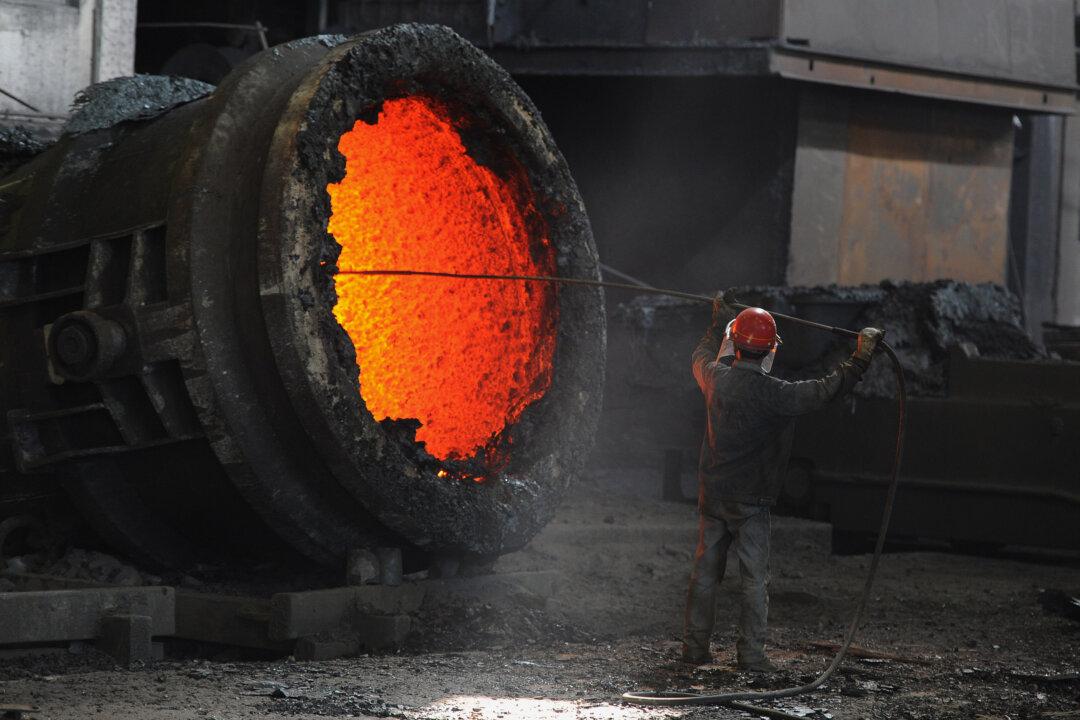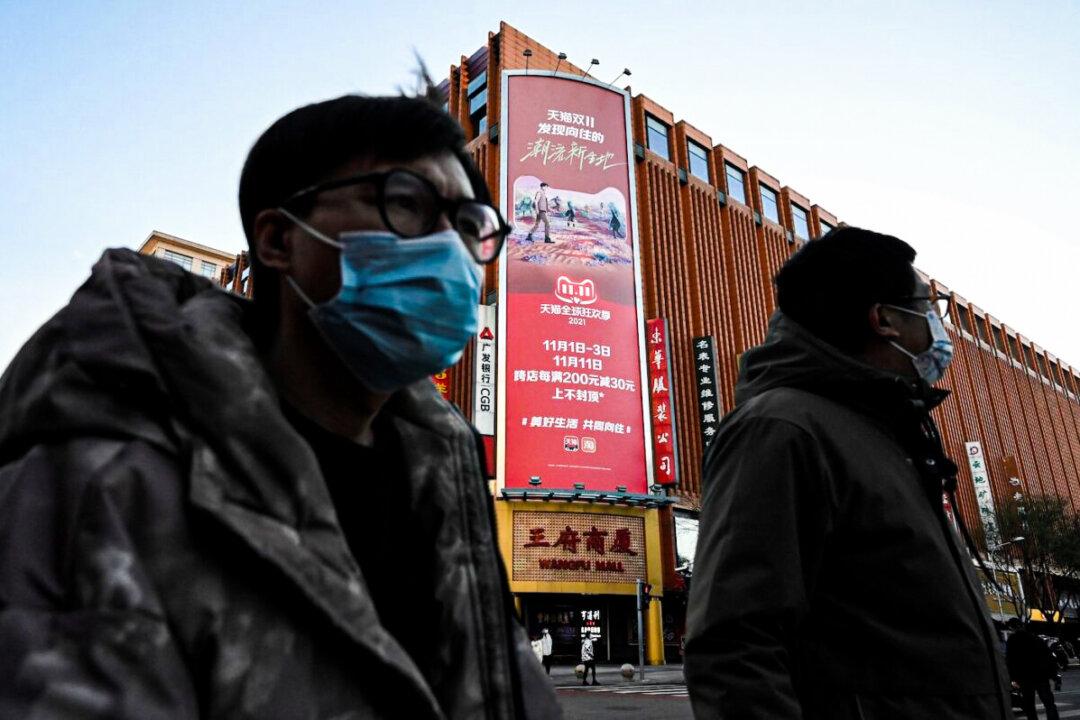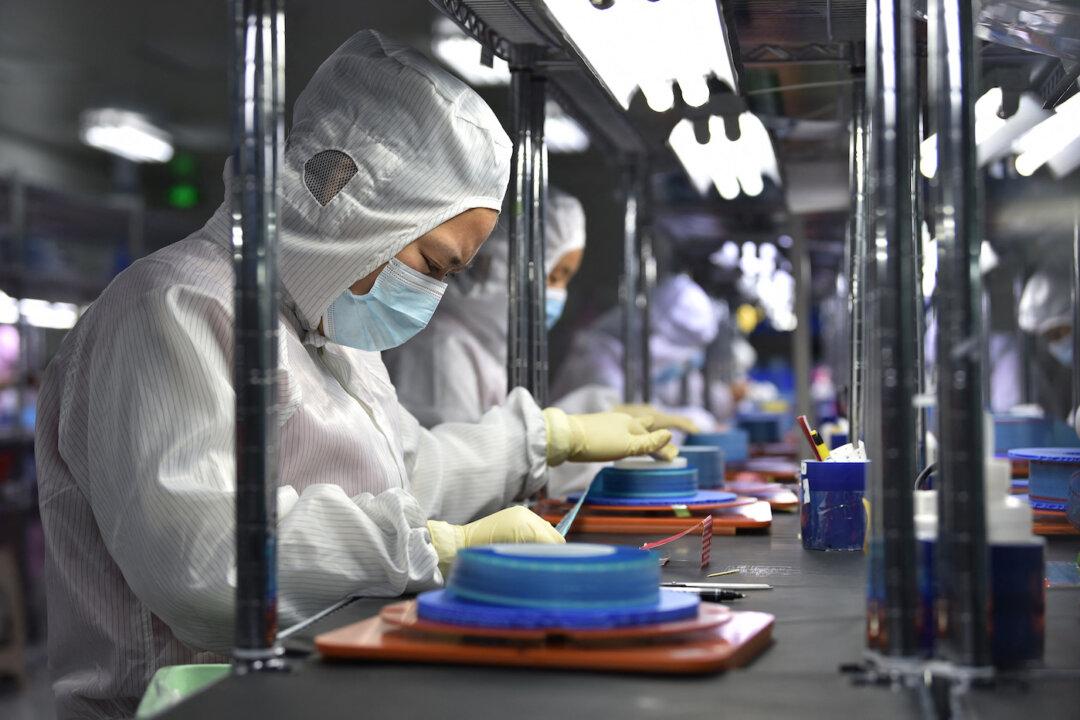The majority of industries in China face severe overcapacity, which seriously threatens the smooth functioning of China’s economy.
Despite China’s high hopes, “the road map for launching an Asian Investment Bank” remained only a plan at the APEC summit this year. In addition, the Mexican government decided to cancel a $3.7 billion Chinese bid for a hi-speed railway project. China’s “Marshall Plan”—to export its overcapacity—is thus off to a bad start, and Beijing will still need to find ways to deal with this “nuclear threat” to China’s economy.
Phasing out overcapacity would result in huge layoffs, which would destabilize society and contradict the government objective of stability maintenance.





